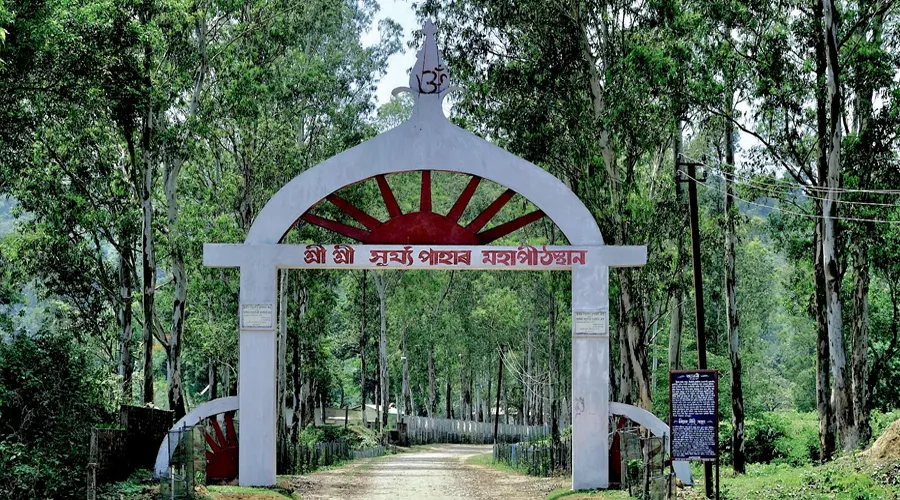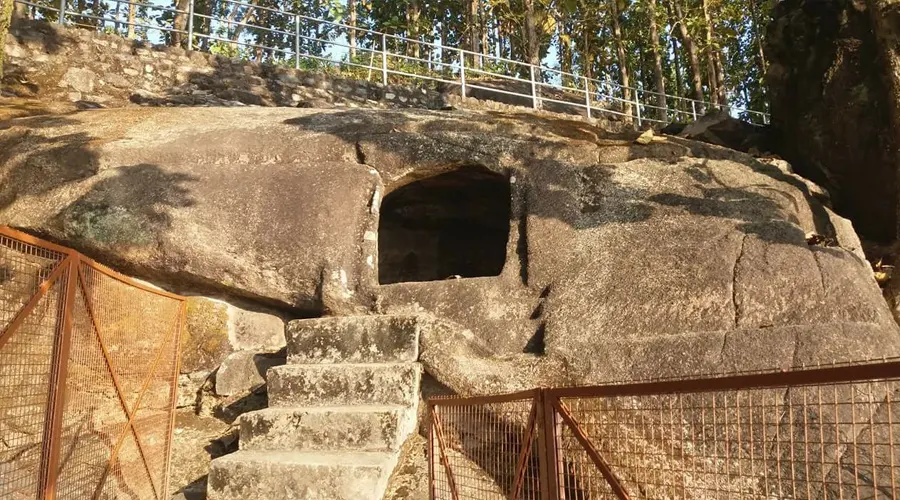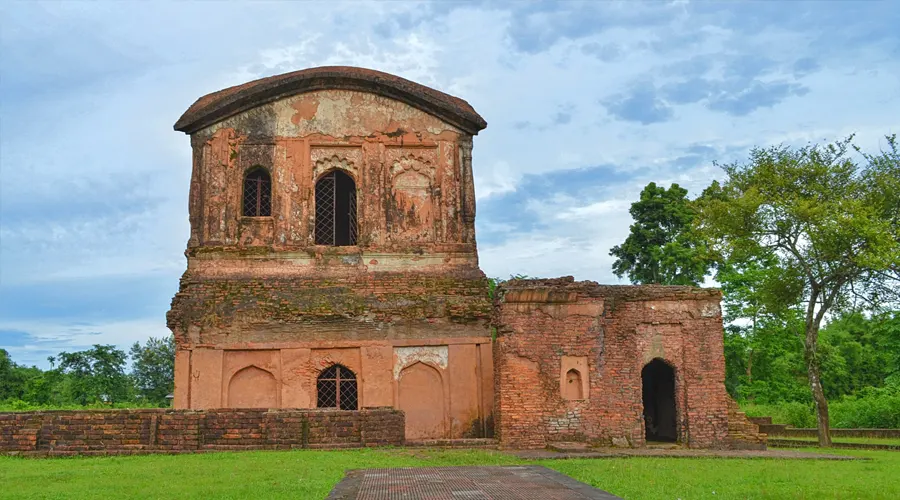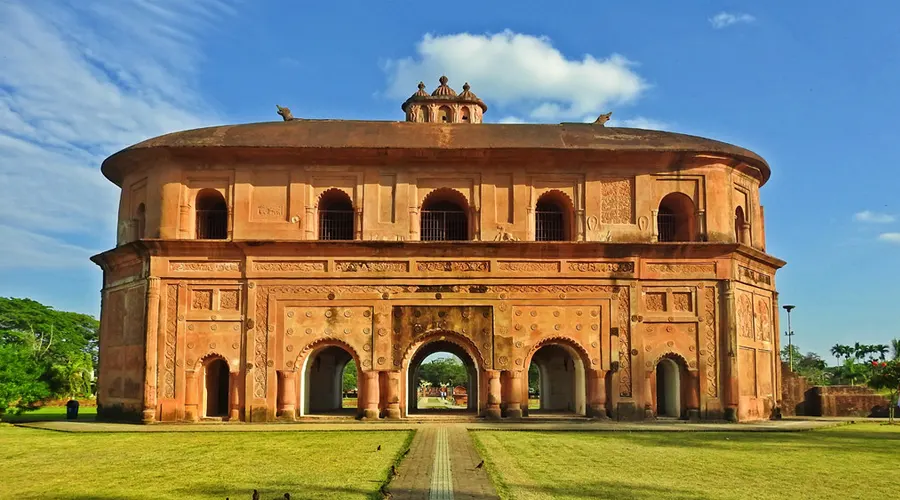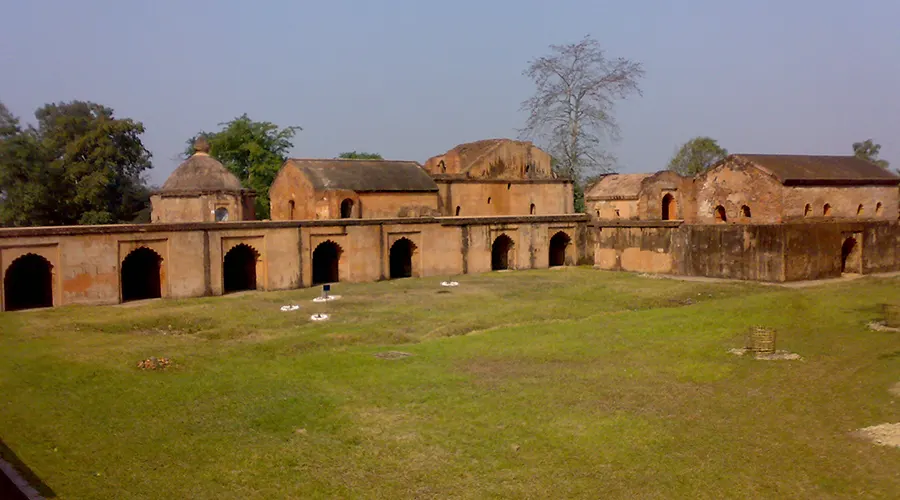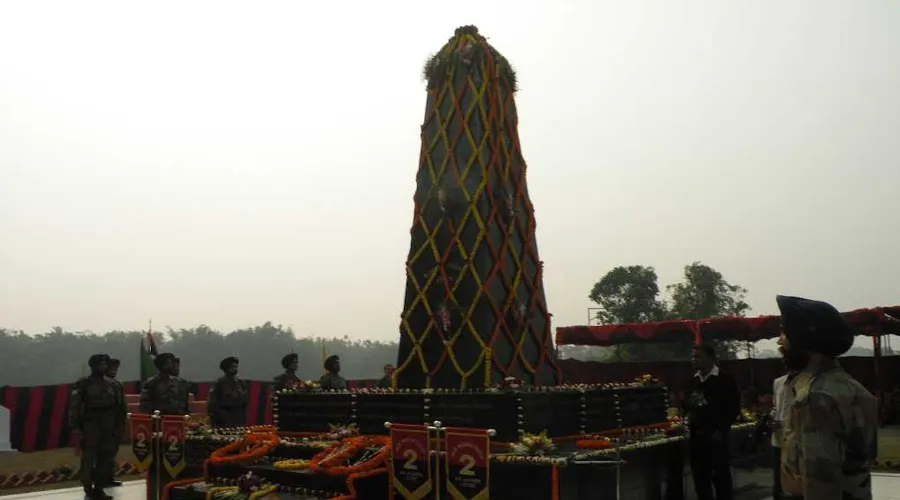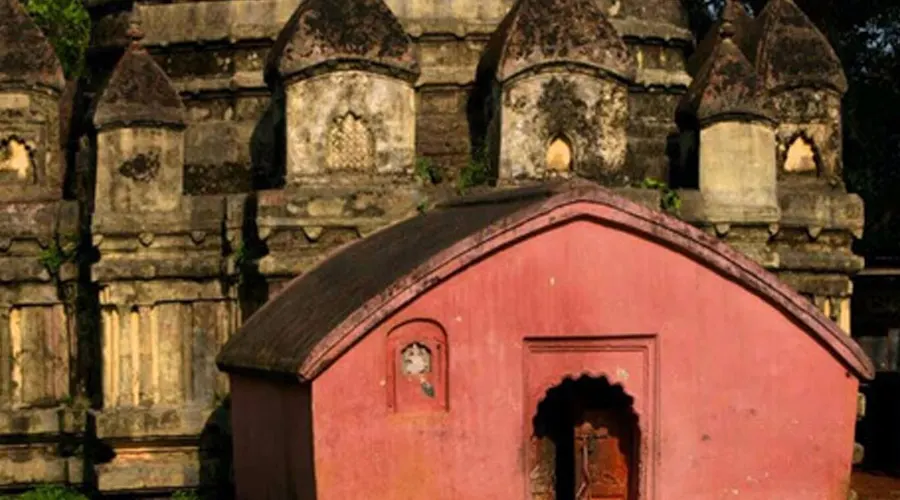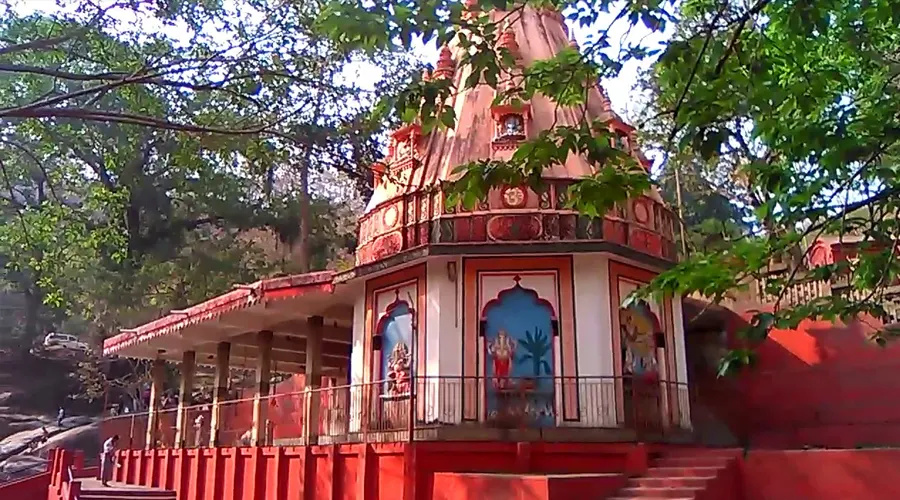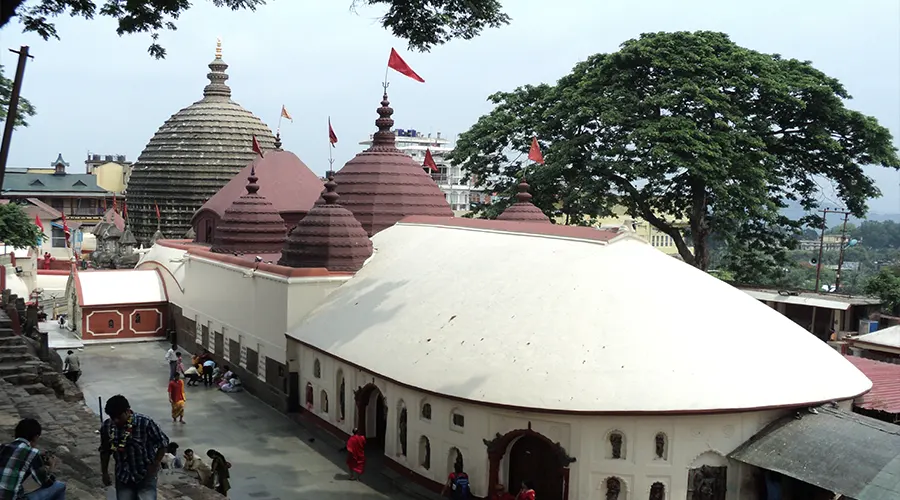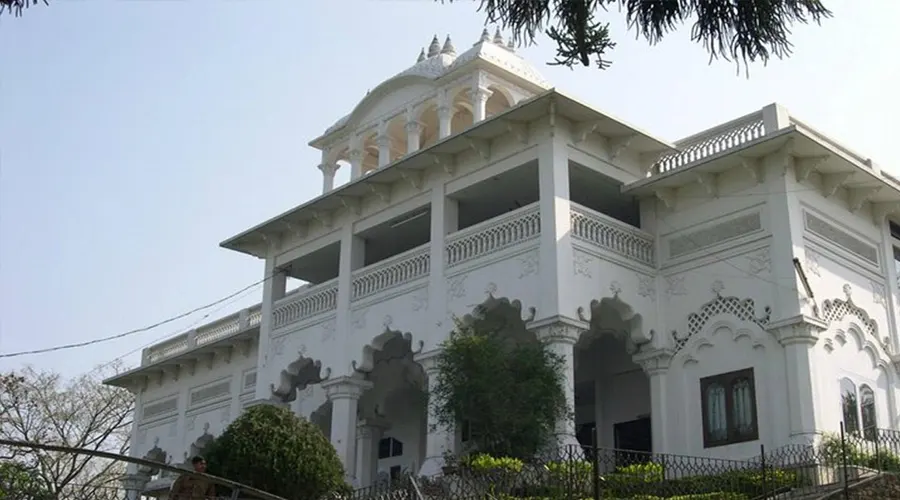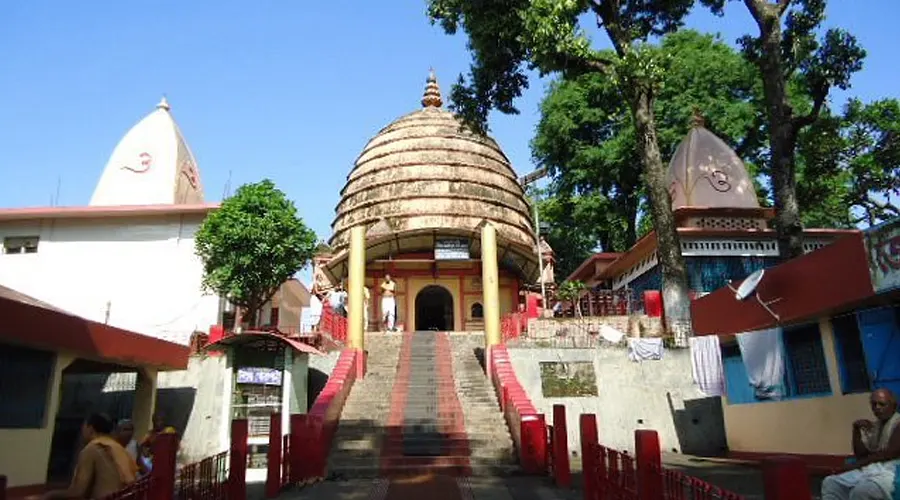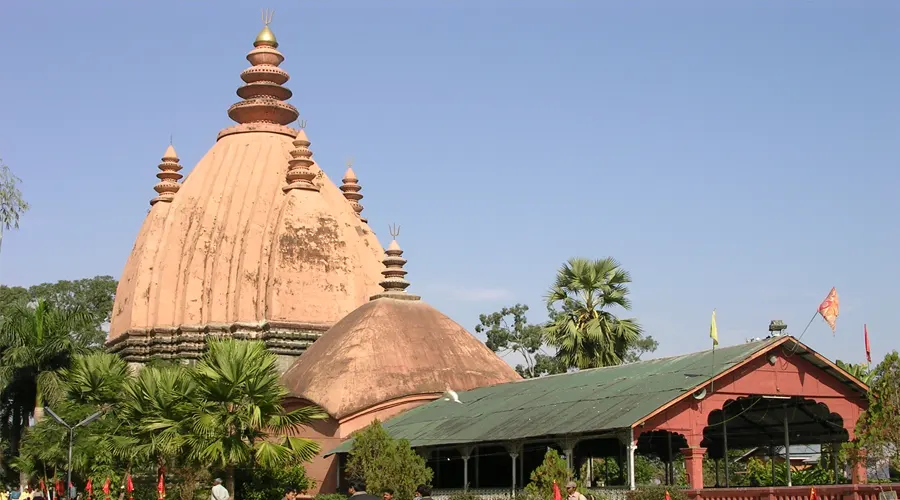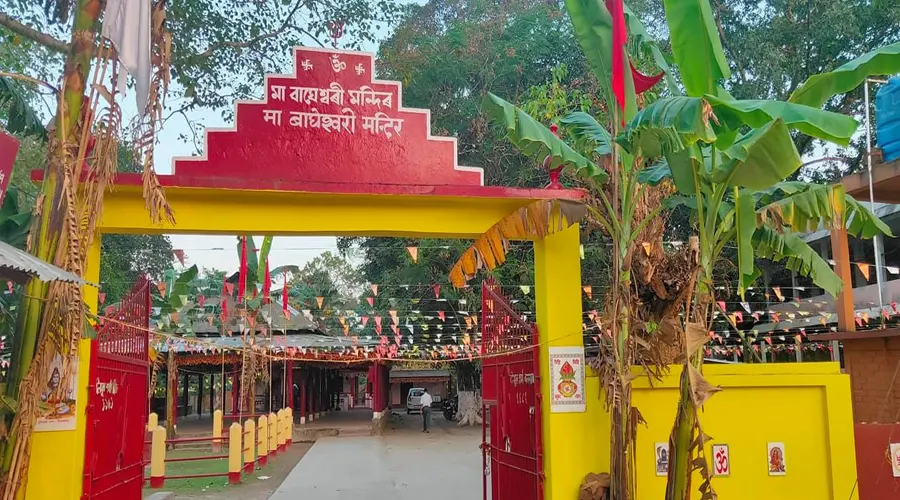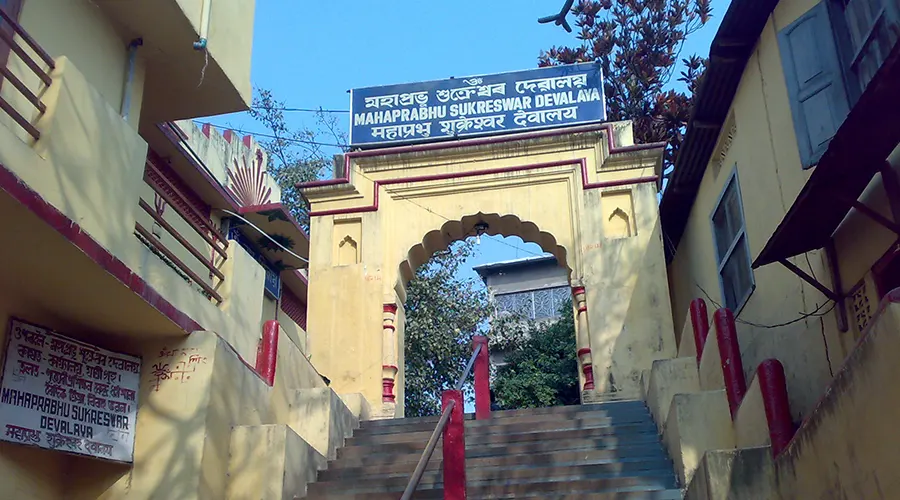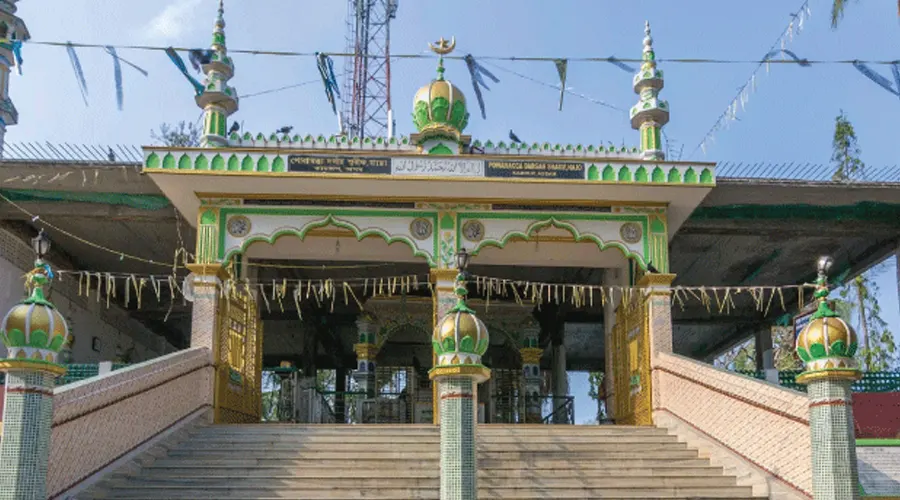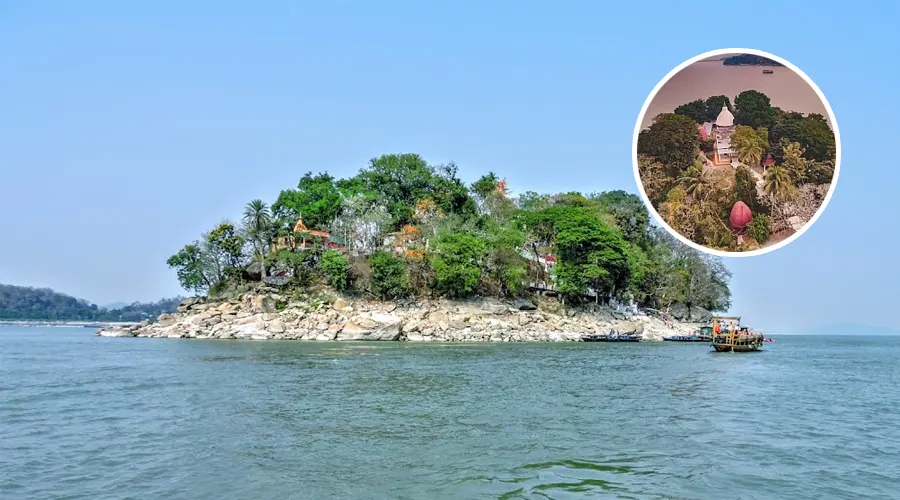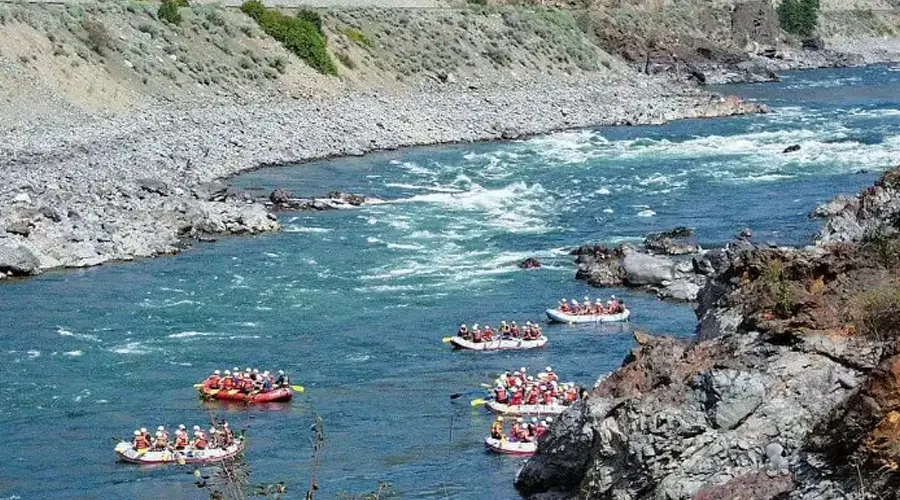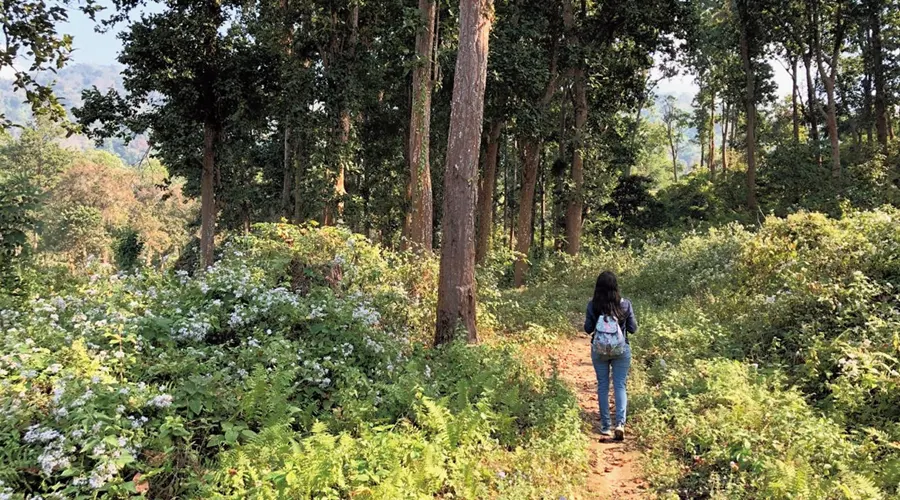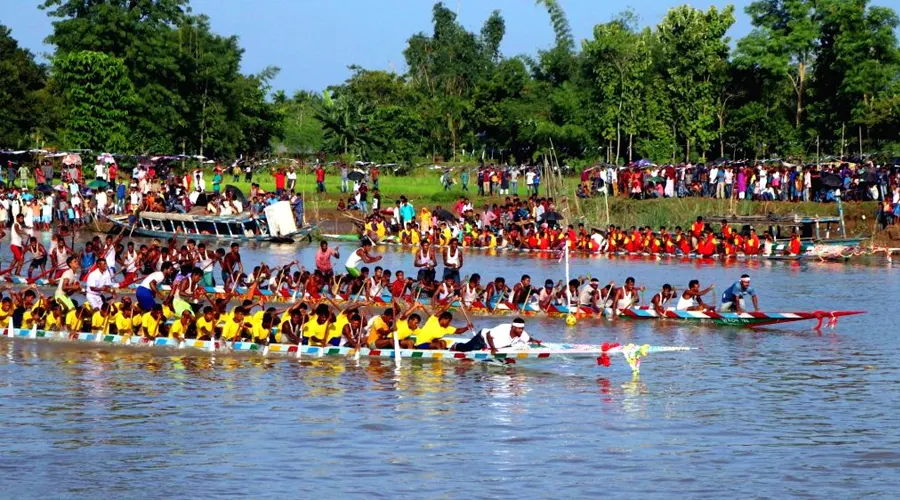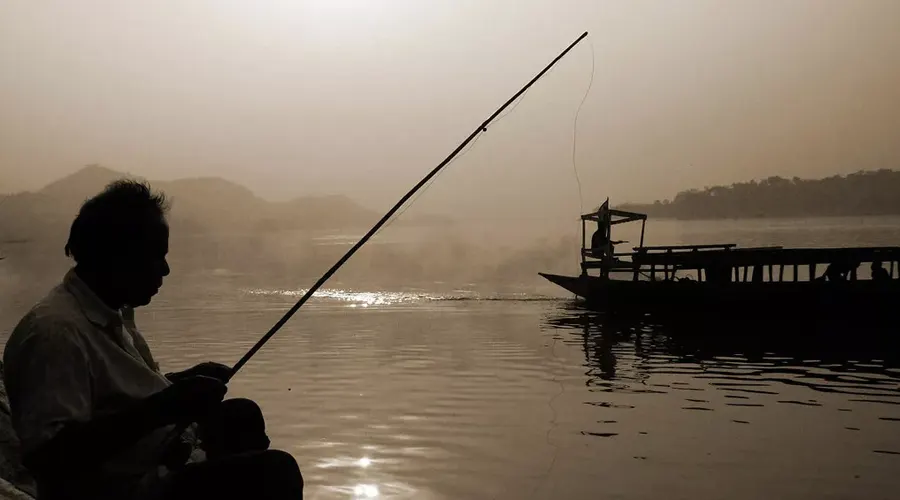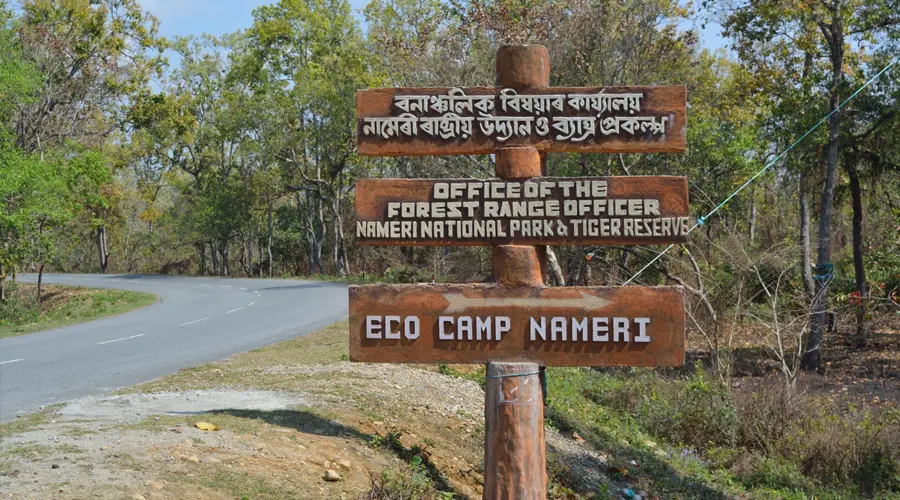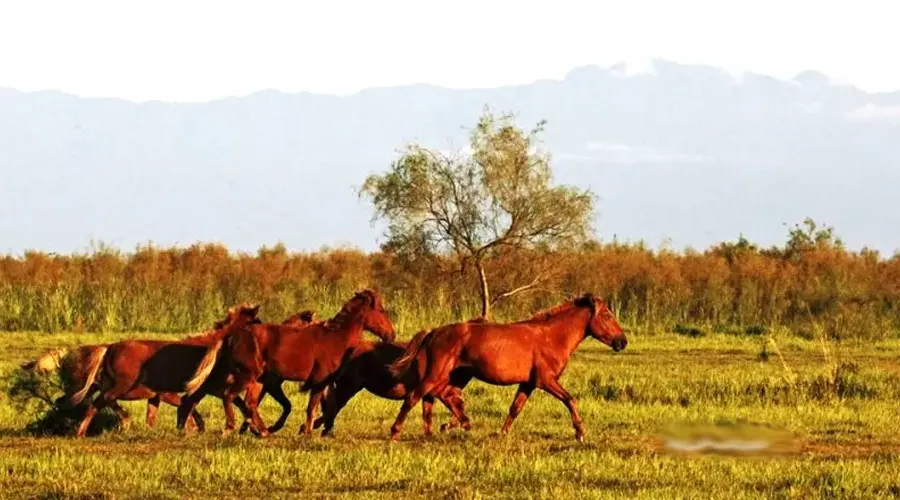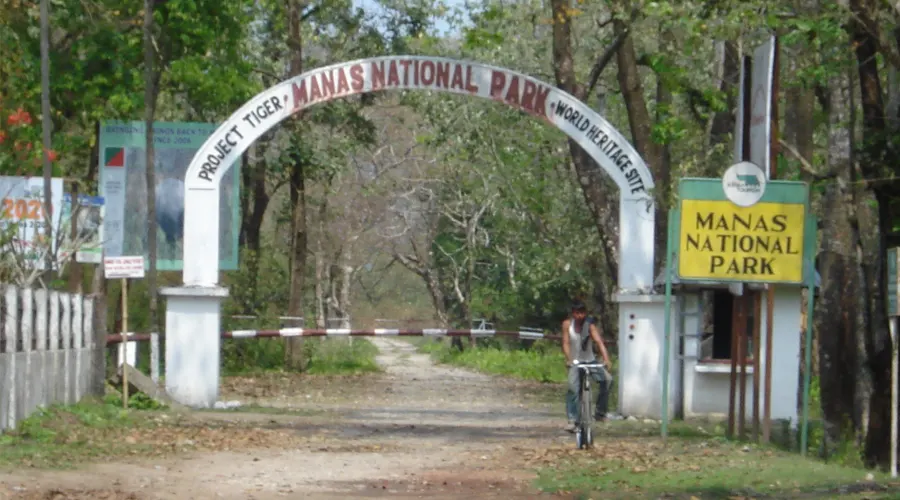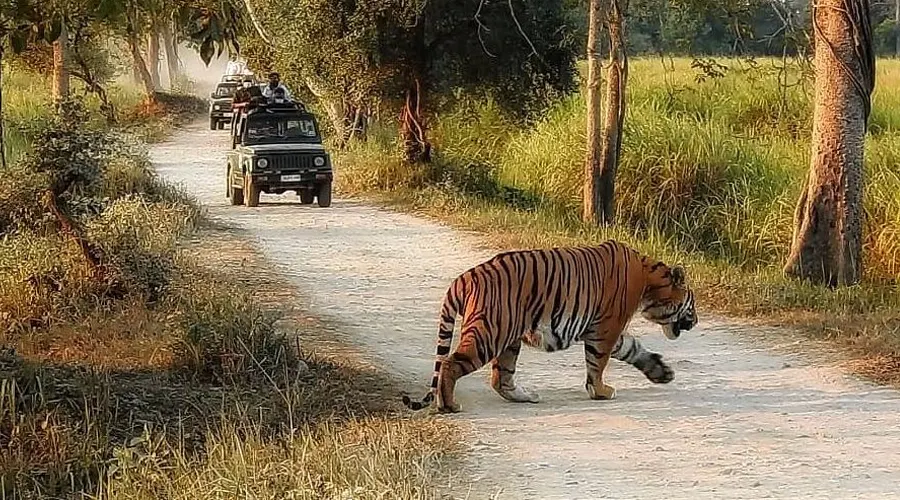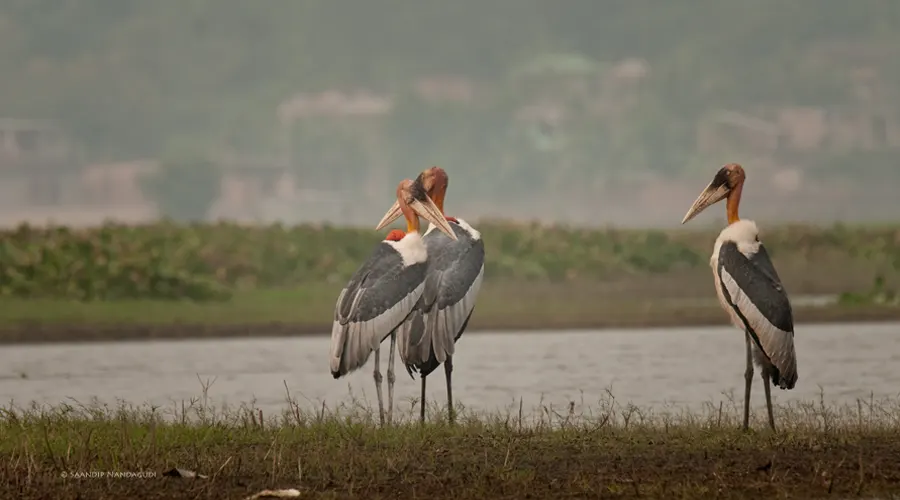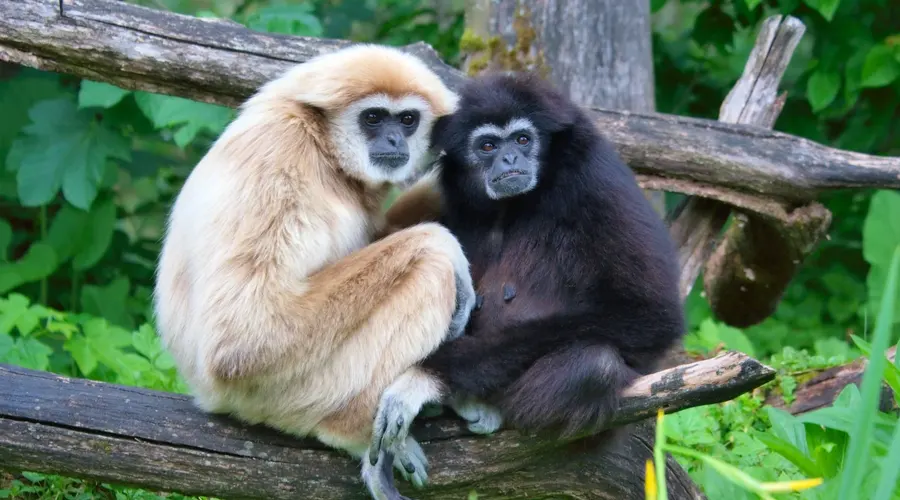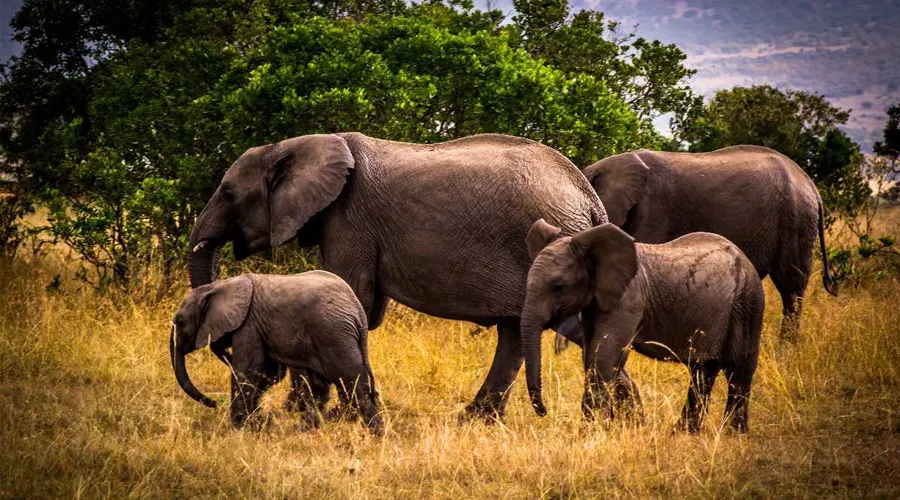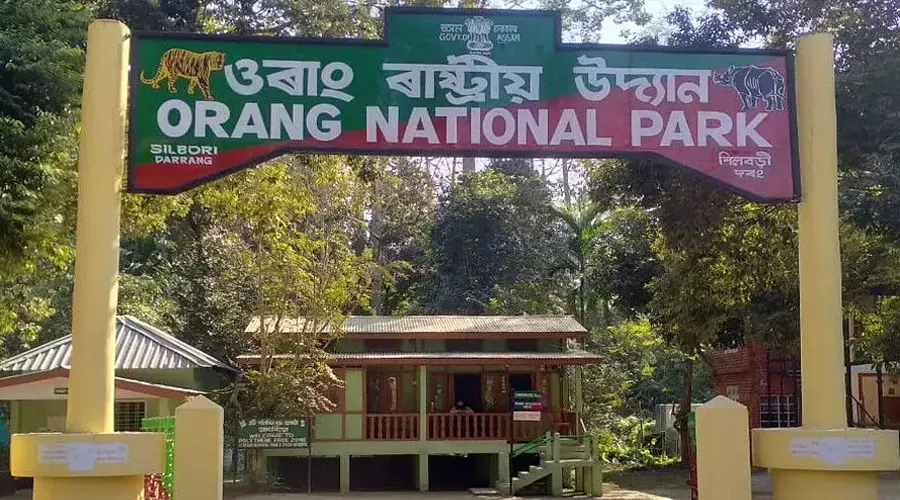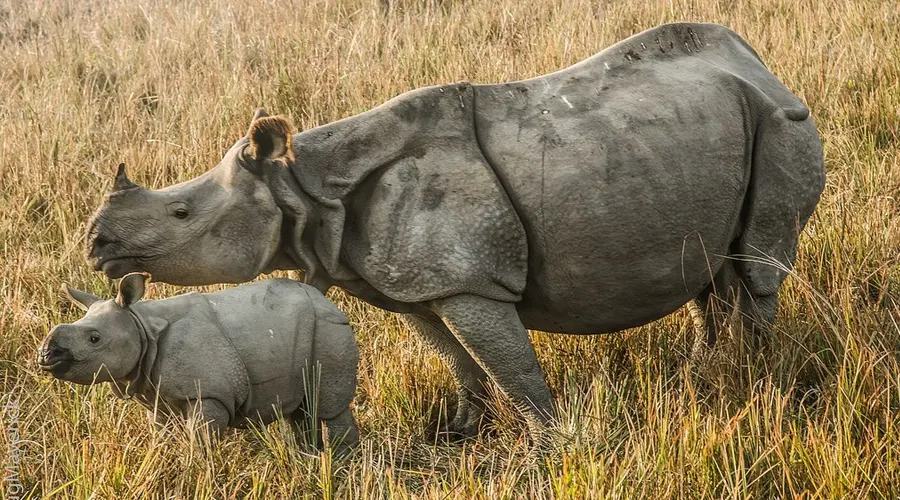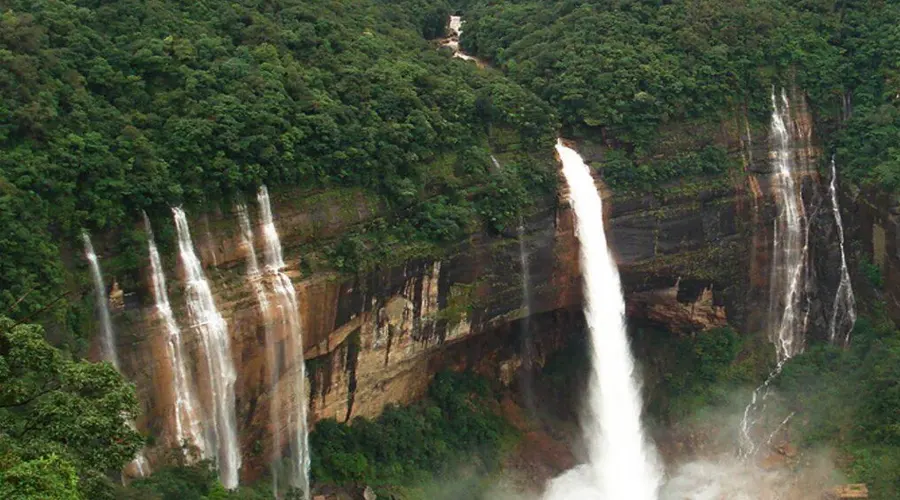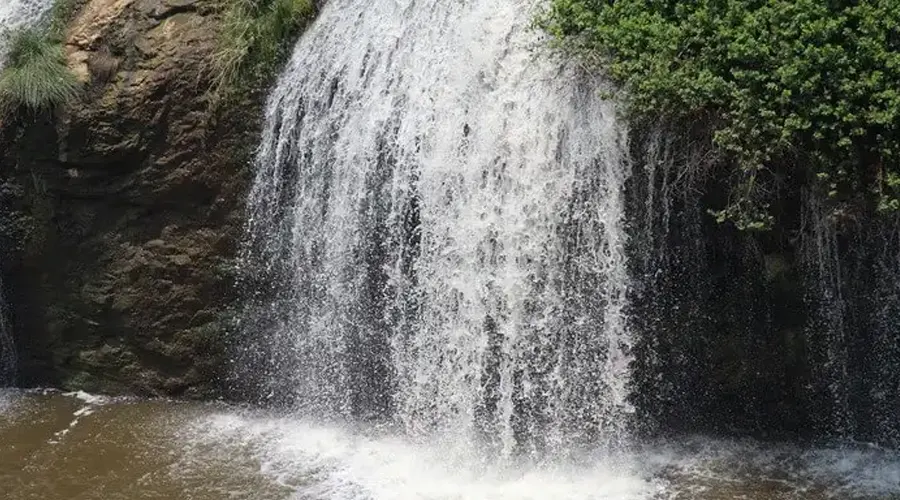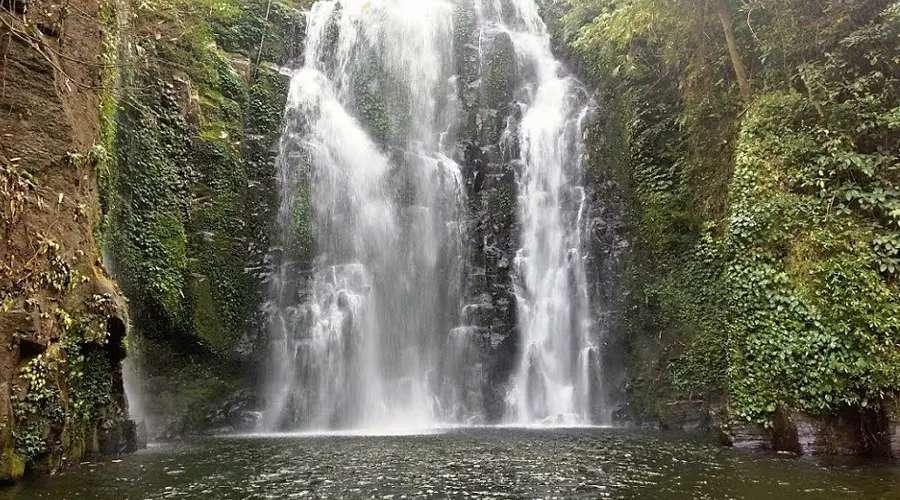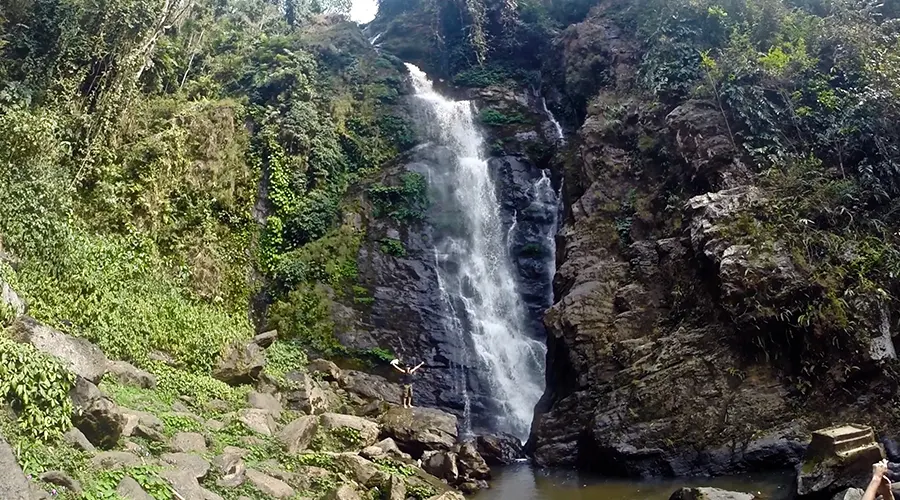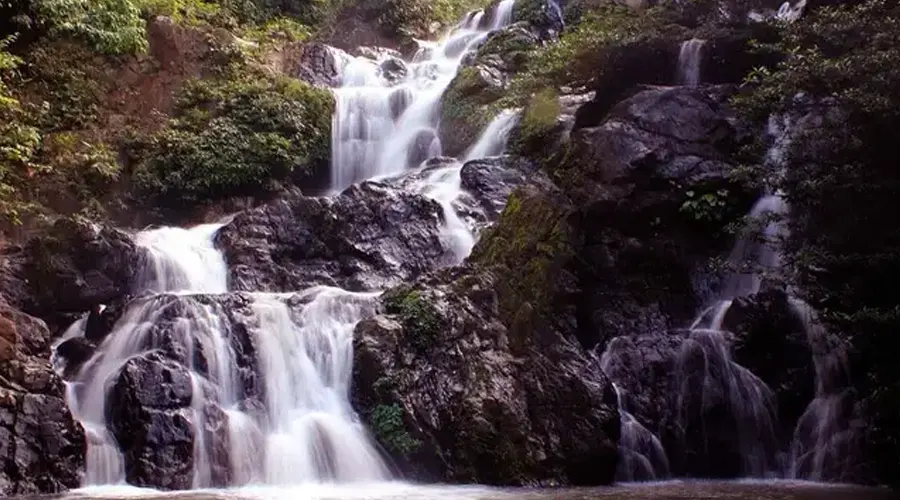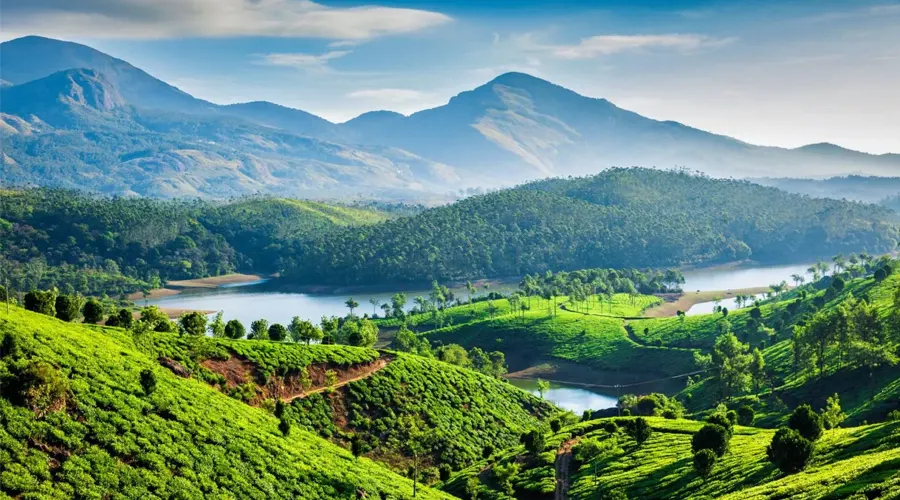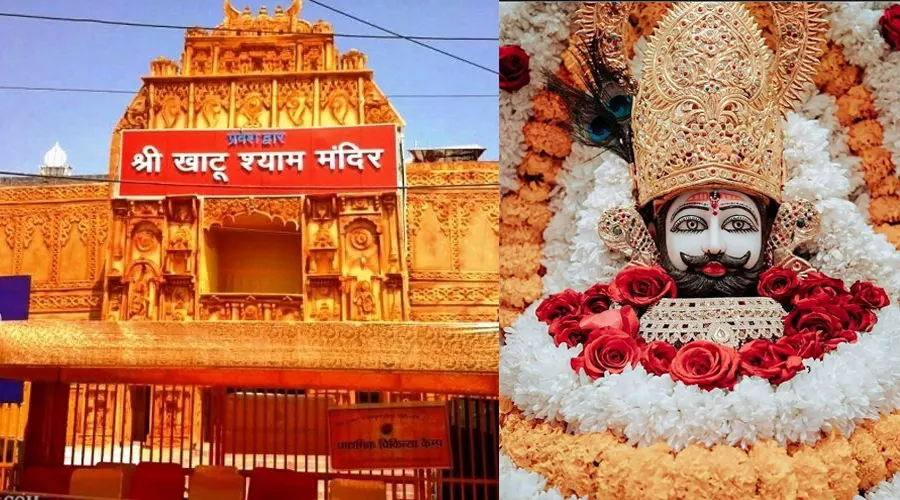Assam Tourism: Gateway to Northeast India’s Rich Heritage and Natural Wonders
Assam, one of the charming "Seven Sister" states of Northeast India, is renowned for its lush tea gardens, rolling hills, and rich cultural heritage. Often called the "Land of Red Rivers and Blue Hills," Assam is a vibrant blend of Indo-Burmese, Mongolian, and Aryan influences. This mystical land, with its scenic beauty and deep-rooted traditions, offers travelers a unique cultural and historical experience.
History of Assam: A Glimpse into the Region’s Rich Heritage
-
Ancient Assam:
- Kingdoms and Dynasties: Assam’s early history is marked by the rise of powerful kingdoms like the Kamrupa Kingdom, which flourished between the 4th and 12th centuries. The region was known for its strategic location and strong cultural heritage.
- Varman Dynasty: The Varman dynasty was one of the most prominent early dynasties, establishing Kamarupa as an important kingdom in northeastern India.
- Ahom Dynasty: The Ahom dynasty, which ruled Assam for over 600 years (13th-19th century), is one of the most significant influences in Assam’s history. The Ahoms developed a unique culture and governance system and successfully repelled several foreign invasions, including from the Mughals.
-
Medieval Period:
- Mughal Invasions: The Mughal Empire, under Emperor Aurangzeb, attempted to invade Assam in the 17th century but was repelled by the Ahoms. However, they faced ongoing pressure from neighboring kingdoms.
- Sufis and Islamic Influence: The arrival of Sufi missionaries in Assam brought Islamic influence, leading to the conversion of several communities.
-
Colonial Assam:
- British Rule: Assam was annexed by the British in the early 19th century following the First Anglo-Burmese War (1824-1826), and it became part of British India. The British introduced tea cultivation, which transformed Assam’s economy and brought significant changes to its landscape.
- Tea Plantations: The introduction of tea plantations in the 19th century by the British led to the arrival of migrant laborers from different parts of India, especially from Bengal and South India, creating a distinct social fabric in Assam.
-
Post-Independence Assam:
- Independence and Statehood: After India's independence in 1947, Assam became part of the Indian Union. However, the state experienced several challenges, including ethnic tensions and demands for autonomy.
- Bodoland Movement: In the late 20th century, the Bodoland movement demanded the creation of a separate state for the Bodo people, leading to unrest and negotiations for autonomy.
- Assam Accord: The Assam Accord of 1985, signed by the Indian government, aimed to address the demands of indigenous Assamese people regarding illegal immigration and political rights.
-
Modern Assam:
- Economic Growth: Assam has emerged as an important economic hub in the northeast, with its tea industry, oil and natural gas reserves, and agricultural products being central to the state’s economy.
- Cultural Revival: The state is witnessing a resurgence in the promotion of its rich cultural heritage, including Assamese music, dance, festivals, and literature.
Heritage and Historical Sites in Assam: A Glimpse into the Past
Assam is home to a wealth of historical and cultural landmarks that tell the story of its glorious past, ancient civilizations, and rich traditions. From ancient temples to colonial-era monuments, the state’s heritage sites reflect the region's diverse cultural, religious, and political history.
1. Kamakhya Temple
- Located atop the Nilachal Hill in Guwahati, the Kamakhya Temple is one of the most revered Shakti Peethas in India. Dedicated to the goddess Kamakhya, this ancient temple is a significant pilgrimage site for Hindus and has a fascinating history intertwined with tantric practices and rituals. The temple is also famous for the Ambubachi Mela, an annual festival that attracts thousands of devotees.
2. Sivasagar
- Sivasagar, the historic capital of the Ahom dynasty, is home to many beautiful monuments, palaces, and temples. The Sivasagar Tank (also known as Borpukhuri) and the Talatal Ghar (a palace and military structure) are key attractions here. The Shiv Doul, a famous temple dedicated to Lord Shiva, is one of the oldest and most respected temples in the region.
3. Majuli
- Majuli, the world’s largest river island, is located in the Brahmaputra River. It is not only a natural wonder but also a cultural hub. Majuli is famous for its ancient monasteries (known as Satras), which were established by Vaishnavite saints like Srimanta Sankardeva. The island is a repository of Assamese culture, arts, and crafts, and it has been recognized as a UNESCO World Heritage site candidate for its unique culture and environment.
4. Tezpur
- Tezpur, also known as the Cultural Capital of Assam, has a fascinating history that dates back to the Mahabharata period. The ruins of Agni Tirtha and Bamuni Hills offer a glimpse into Assam’s ancient architectural and religious heritage. Tezpur is also home to the Cole Park and Kali Mandir, which attract many visitors.
5. Ahom Monuments in Sivasagar
-
The Ahom dynasty left behind a legacy of impressive architecture and historical structures in Sivasagar. Some notable sites include:
- Rang Ghar: A unique amphitheater and one of the oldest surviving structures of its kind in Asia.
- Kareng Ghar: The royal palace of the Ahoms.
- Namdang Stone Bridge: An iconic bridge built by the Ahom rulers during their reign.
6. Kaziranga National Park
- Although primarily known as a UNESCO World Heritage Site for its wildlife and biodiversity, Kaziranga National Park in Assam also holds historical significance. It has been the subject of many conservation efforts and is crucial for the survival of the Indian one-horned rhinoceros.
7. Bodhgaya (Bodhgaya Monastery)
- While Bodhgaya is actually located in Bihar, Assam also has its own Bodhgaya Monastery, which serves as a center of Tibetan Buddhist culture and education. The monastery is an important symbol of the region’s historical connections with Buddhism.
8. Bamuni Hills
- Located near Tezpur, the Bamuni Hills are an archaeological site featuring remnants of Koch Dynasty structures, sculptures, and ruins. The site provides important historical insight into Assam's ancient architecture and culture.
9. Kachari Ruins
- Situated in Dimapur, the Kachari Ruins are the remnants of the Kachari Kingdom, which once ruled over the region. The ruins consist of stone structures, including pillars and gateways, that date back to around the 10th century.
10. Sri Sri Rupnath Temple
- Situated in the Sibsagar district, this temple is dedicated to Lord Vishnu and is another example of the religious and architectural richness of the Ahom period.
Customs and Traditions of Assam: A Reflection of its Rich Cultural Heritage
Assam, with its diverse ethnic groups and vibrant communities, is a land rich in customs and traditions that reflect its unique blend of cultures. These traditions, passed down through generations, encompass various aspects of daily life, including festivals, rituals, food, attire, and social customs. Here’s a closer look at some of Assam’s most significant customs and traditions:
1. Bihu Festival: The Heart of Assamese Culture
- Bihu is the most important festival in Assam, celebrated thrice a year to mark different agricultural stages. The Rongali Bihu (celebrated in April) marks the Assamese New Year and is a festival of joy, feasting, and dancing. Bihu dances and Bihu songs are integral to the celebrations, showcasing the vibrancy of Assamese culture. Magh Bihu (celebrated in January) and Bhogali Bihu (celebrated in October) are also significant, each celebrating different aspects of Assamese life.
2. Traditional Attire: A Symbol of Identity
- Mekhela Chador and Sari: The traditional attire for Assamese women is the mekhela chador, a two-piece garment worn with a chador (cloth draped over the shoulder). The garment is often made from Muga silk, which is native to Assam and is highly prized for its quality.
- Dhoti and Kurta: For men, the traditional attire includes a dhoti and kurta, often complemented with a gamosa (a traditional cloth worn around the neck, symbolizing respect and hospitality). Gamosa is used in various ceremonies and festivals and holds significant cultural value in Assam.
3. Gamosa: A Symbol of Respect and Tradition
- The gamosa is not only a traditional garment but also an important cultural symbol in Assam. It is a sign of respect and is presented during special occasions, festivals, and ceremonies. Gamosas are intricately woven, often with patterns that represent Assamese heritage, and are exchanged between guests and hosts.
4. Assamese Cuisine: A Reflection of Local Customs
- Assamese cuisine is an essential part of the state's culture and tradition. Rice is the staple food, and it is often consumed with dal (lentils) and various vegetable curries. Fish, meat, and fermented foods (like xaj and khar) are common in Assamese diets, representing the state’s agricultural practices and abundant natural resources. Special dishes like Pithas (traditional sweets) are prepared during festivals.
5. The Role of Tea in Assamese Society
- Assam’s tea culture is deeply rooted in the daily lives of its people. Tea is not just a drink but a significant part of social gatherings. Chai (tea) is served to guests as a gesture of hospitality, and tea estates have played a crucial role in shaping the state's economy and lifestyle.
6. Religious Practices: A Blend of Hinduism and Tribal Traditions
- Assam has a strong tradition of Hindu rituals, with Kamakhya Temple being a central spiritual site. Many Assamese people also follow tribal customs, with spiritual practices based on nature, animism, and ancestor worship. The Bodos, Mishing, and Karbi communities, among others, have their own distinct religious and cultural practices that blend with mainstream Hinduism, reflecting a syncretic cultural landscape.
7. Handicrafts: Preserving Assam’s Artistic Traditions
- Assam’s handicrafts are a reflection of the state’s rich cultural heritage. Traditional crafts include handloom weaving (especially Muga silk and Eri silk), bamboo and cane products, and intricate pottery. These crafts are not only part of everyday life but also play an essential role in festivals and rituals.
8. Sattriya Dance: A Sacred Tradition
- Sattriya dance is a classical dance form that originated in the Vaishnavite monasteries (Sattras) of Assam. It is deeply connected to the spiritual and cultural traditions of the region and is often performed during festivals and religious ceremonies. The dance is a blend of storytelling, spiritual devotion, and intricate footwork.
9. Folk Music and Dance: The Soul of Assam
- Assam has a rich tradition of folk music and dance, with Bihu songs being a central part of Assamese culture. These songs are sung to celebrate the arrival of the new harvest and the seasonal changes. Assamese dance forms, such as Bihu, Bagurumba, and Satriya, are performed during festivals and cultural events, expressing joy, gratitude, and devotion.
10. Tribal Traditions and Festivals
- Assam is home to several indigenous communities, each with their own distinct cultural practices. Tribes like the Bodos, Misings, Karbis, and Dimasa celebrate their unique festivals, such as Baisagu, Ali Ai Ligang, and Wangala, which are marked by traditional music, dance, and rituals that reflect their connection with nature and their cultural beliefs.
Traditional Attire and Jewelry
- Women: Mekhela Chador - a two-piece handwoven garment, often made from silk.
- Men: Dhoti and Gamosa - a woven cloth symbolizing Assamese identity.
Each tribe has its distinct attire. The Dimasa wear Righu and Risha, Bodos wear Dokhona, and Rabhas wear Kaum Kontong. Assamese jewelry is handcrafted using gold and silver, with unique designs like Gam-Kharu, Thuriya, Lokaparo, and Nalak.
Festivals of Assam: A Colorful Celebration of Culture and Life
Assam, the land of rolling hills, mighty rivers, and lush tea gardens, is not only known for its natural beauty but also for its vibrant festivals. Deeply rooted in agriculture, spirituality, and community life, the festivals of Assam are a reflection of its rich cultural heritage and ethnic diversity. Celebrated with music, dance, rituals, and feasting, these festivals offer a true taste of the Assamese spirit.
1. Rongali Bihu (Bohag Bihu)
- When: Mid-April
- What it Celebrates: Assamese New Year and the arrival of spring
- Highlights: Traditional Bihu dance, Bihu songs, wearing new clothes, and preparing traditional dishes like pithas and larus
- Why It's Special: Rongali Bihu is the most popular and widely celebrated festival in Assam. It marks the beginning of the Assamese calendar and is a time of great joy, marking the end of the harvest and the start of a new agricultural cycle.
2. Magh Bihu (Bhogali Bihu)
- When: Mid-January
- What it Celebrates: Harvest season and abundance of food
- Highlights: Community feasts, building and burning of Meji (bonfires), games like buffalo fighting and tekeli bhonga (pot breaking)
- Why It's Special: Magh Bihu is a festival of food and fire. People gather around the bonfire at night and celebrate with traditional dishes made from rice, sesame, and jaggery.
3. Kati Bihu (Kongali Bihu)
- When: Mid-October
- What it Celebrates: A time of prayer for a good harvest
- Highlights: Lighting of earthen lamps (saki) in fields, around the Tulsi plant, and near granaries
- Why It's Special: Unlike the other Bihus, Kati Bihu is more solemn and focused on spirituality. Farmers pray for the protection of crops and a successful harvest.
4. Ambubachi Mela
- When: June (during the monsoon)
- Where: Kamakhya Temple, Guwahati
- What it Celebrates: The annual menstruation of Goddess Kamakhya
- Highlights: Massive pilgrimage, temple rituals, spiritual discourses
- Why It's Special: Considered one of the most important tantric festivals in India, the temple remains closed for three days symbolizing the goddess's period. It draws thousands of pilgrims and sadhus from across the country.
5. Durga Puja
- When: September–October
- What it Celebrates: The victory of Goddess Durga over the demon Mahishasura
- Highlights: Elaborate pandals, idol immersion processions, cultural performances
- Why It's Special: Durga Puja is celebrated with immense fervor, especially in urban areas like Guwahati, and showcases the artistic creativity of Assamese people through idol-making and decorations.
6. Ali-Ai-Ligang
- Who Celebrates: Mishing tribe
- When: February
- What it Celebrates: Agricultural sowing season
- Highlights: Traditional songs, dances, community feasts
- Why It's Special: It reflects the cultural identity of the Mishing people and their close relationship with agriculture and nature.
7. Baishagu
- Who Celebrates: Bodo community
- When: April
- What it Celebrates: Welcoming the New Year and worshipping Lord Bathou
- Highlights: Traditional Bodo music and dance, animal sacrifices, and offering to Bathou
- Why It's Special: It is one of the most significant festivals for the Bodo people and is a time for joy, unity, and prayer.
8. Dehing Patkai Festival
- Where: Tinsukia district
- What it Celebrates: Assam’s natural beauty and eco-tourism
- Highlights: Adventure sports, tea heritage tours, cultural exhibitions
- Why It's Special: It promotes tourism and highlights the state's environmental richness, especially the Dehing Patkai Wildlife Sanctuary.
9. Jonbeel Mela
- Where: Morigaon district
- When: January
- What it Celebrates: Community bonding through trade and tradition
- Highlights: Barter system, cultural exchange among various tribes
- Why It's Special: It is one of the rare festivals where the age-old barter system is still practiced. It fosters unity among different indigenous communities.Cuisine of Assam
Cuisine of Assam: A Flavorful Journey Through the Land of Simplicity and Spice
The cuisine of Assam is a beautiful blend of simplicity, bold flavors, and age-old traditions. Known for its minimal use of spices and maximum use of fresh, local ingredients, Assamese food reflects the lifestyle and environment of the region. Influenced by tribal cultures, agriculture, and seasonal availability, the cuisine offers something delicious and unique for every palate.
1. Rice – The Staple of Assam
Rice is at the heart of every Assamese meal. From regular steamed rice to exotic preparations like:
- Bora Saul – Sticky rice used for traditional snacks and sweets.
- Komal Saul – A unique variety that requires no cooking, just soaking in warm water.
- Poita Bhat – Fermented rice, often eaten with mustard oil, onions, and green chillies – a summer delicacy.
2. Fish and Meat Dishes
Assamese cuisine makes extensive use of fish, duck, and other meats:
- Masor Tenga – A tangy fish curry made with tomatoes or elephant apple (ou tenga), often enjoyed during summer.
- Patot Diya Maas – Fish marinated with mustard, wrapped in banana leaves, and steamed or grilled.
- Duck with Kumura (white gourd) – A festive delicacy served during special occasions.
- Khaar – A signature dish made with raw papaya, pulses, and the filtered water of sun-dried banana peels (alkaline base).
3. Traditional Vegetable Preparations
- Xaak Bhaji – Stir-fried green leafy vegetables, often cooked with minimal spices.
- Ouu Tenga Diya Sabji – Vegetables cooked with sour fruits like ouu (elephant apple), tomato, or lemon.
- Aloo Pitika – A mashed potato dish mixed with mustard oil, onions, green chilies, and sometimes boiled eggs or roasted brinjal.
4. Unique Assamese Ingredients
- Khaar – Both a dish and an ingredient, it is alkaline in nature and made by filtering water through the ash of banana peels.
- Tenga (Sourness) – Tangy elements like tomatoes, lime, thekera (dried Garcinia), and elephant apple are used to balance flavors.
- Fermented Products – Fermented bamboo shoots, fish, and rice play a significant role in tribal Assamese cuisine.
5. Sweets and Snacks
- Pitha – Traditional rice cakes, both steamed and fried, often filled with coconut, sesame, and jaggery. Popular varieties include Til Pitha and Ghila Pitha.
- Laru – Sweet balls made of coconut, jaggery, and rice flour, especially during Bihu festivals.
- Tekeli Pitha – A steamed sweet dish made over the mouth of a kettle, using a mix of rice flour and jaggery.
6. Beverages
- Xaj Pani – A traditional rice beer made by the Ahom and Mishing communities, used during rituals and festivities.
- Black Tea – Assam is known globally for its strong, malty black tea. A visit to the tea gardens of Assam offers a deeper look into the world-famous tea culture.
Major Occupations in Assam
Agriculture: Engages over 60% of the population. Key crops include rice, pulses, jute, and fruits.
- The Tea Industry: Assam is the largest tea-producing region in the world, accounting for 15% of global tea production.
- Weaving: Primarily done by women, producing Muga, Eri, and Pat silk.
- Forestry: Bamboo and timber production from the state's dense forests.
- Cottage Industries: Includes silk production, handloom weaving, and traditional crafts.
Famous Tea of Assam
Assam Tea is globally renowned for its bold flavor and deep red color. Grown in the Brahmaputra Valley, it is a vital export and a cultural symbol of Assam. Tea tourism is also emerging, with estates offering guided tours and tea-tasting experiences.
Music and Dance of Assam
- Folk Music: Enriched by legendary artists like Bhupen Hazarika and rooted in Borgeet and Ojapali traditions.
Dance Forms:
- Satriya: A classical dance form introduced by saint Srimanta Sankardev.
- Ojapali: A narrative dance with mythological themes.
- Bagurumba: Bodo community's colorful dance.
- Jhumur: Performed by tea tribes with rhythmic group movements.
Plan Your Trip to Assam
Assam is best visited between October and April, when the weather is cool and conducive for exploring. From heritage temples and wildlife sanctuaries to tribal festivals and serene tea gardens, Assam offers a travel experience unlike any other.
Conclusion
Assam is a vibrant tapestry of culture, nature, and history. Its ancient traditions, scenic beauty, and warm hospitality make it a must-visit destination in India. Whether you're a history buff, nature lover, or cultural explorer, Assam will leave you spellbound.

